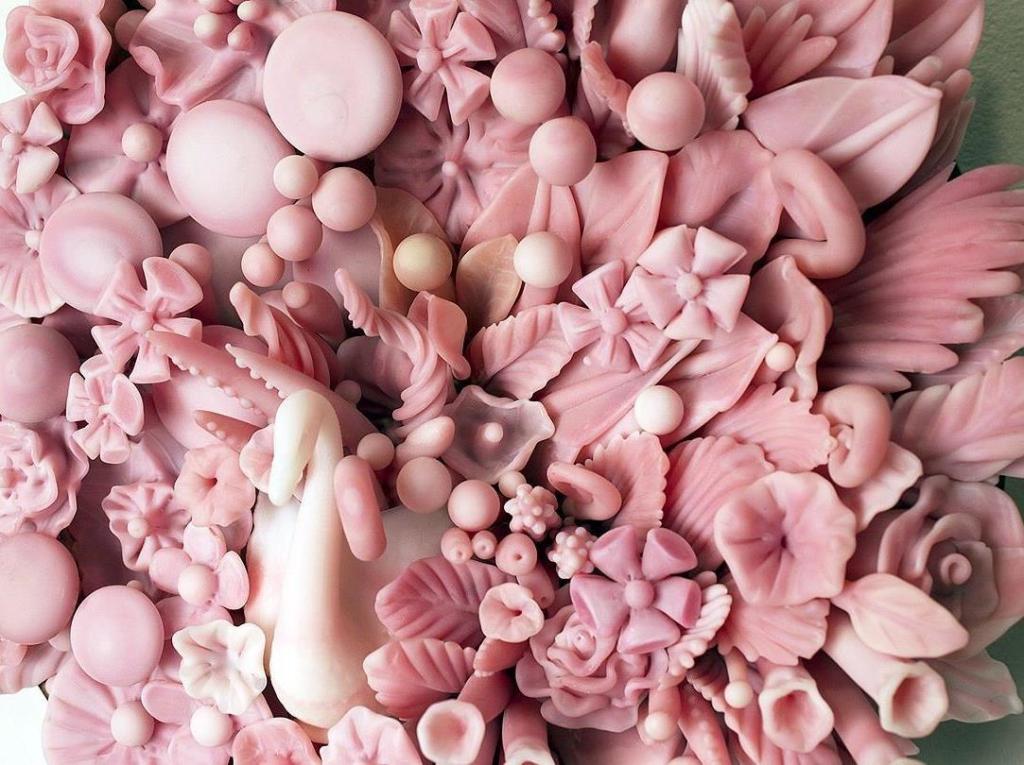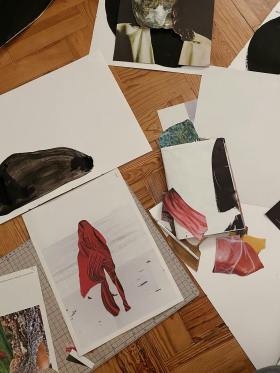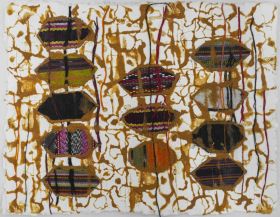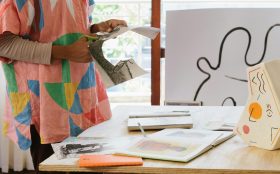Detail Amber Cowa’s Rosaline swan triptych
Rene Lalique, Louis Tiffany, Dale Chihuly and the Murano factories of Venice are the big international names of glass art. In Australia, it’s a quintessential part of a Melbourne childhood to lie under Leonard French’s glass ceiling at the National Gallery of Victoria and important to acknowledge the pioneering work of Klaus Moje – both of whom died in the past year.





